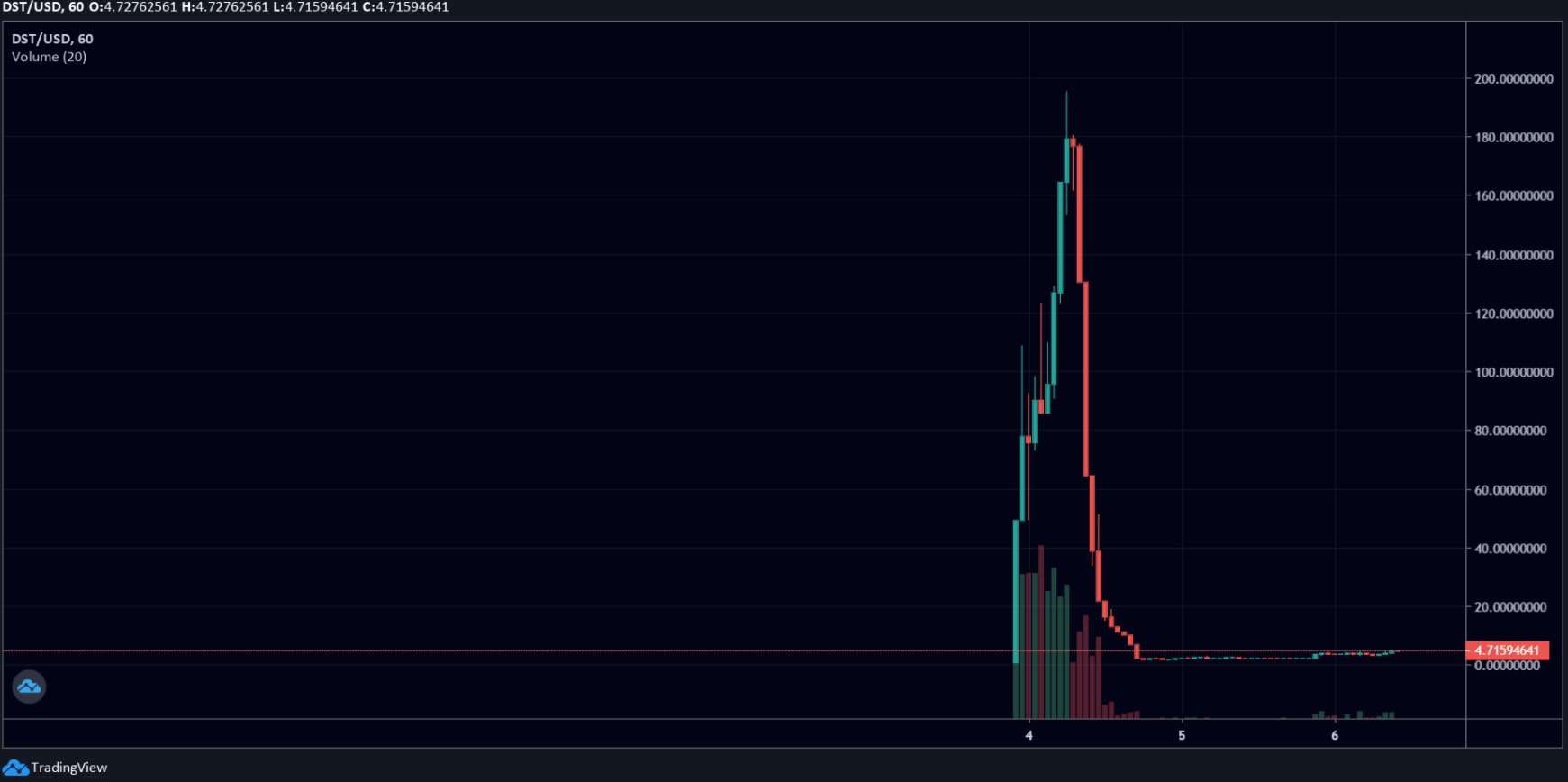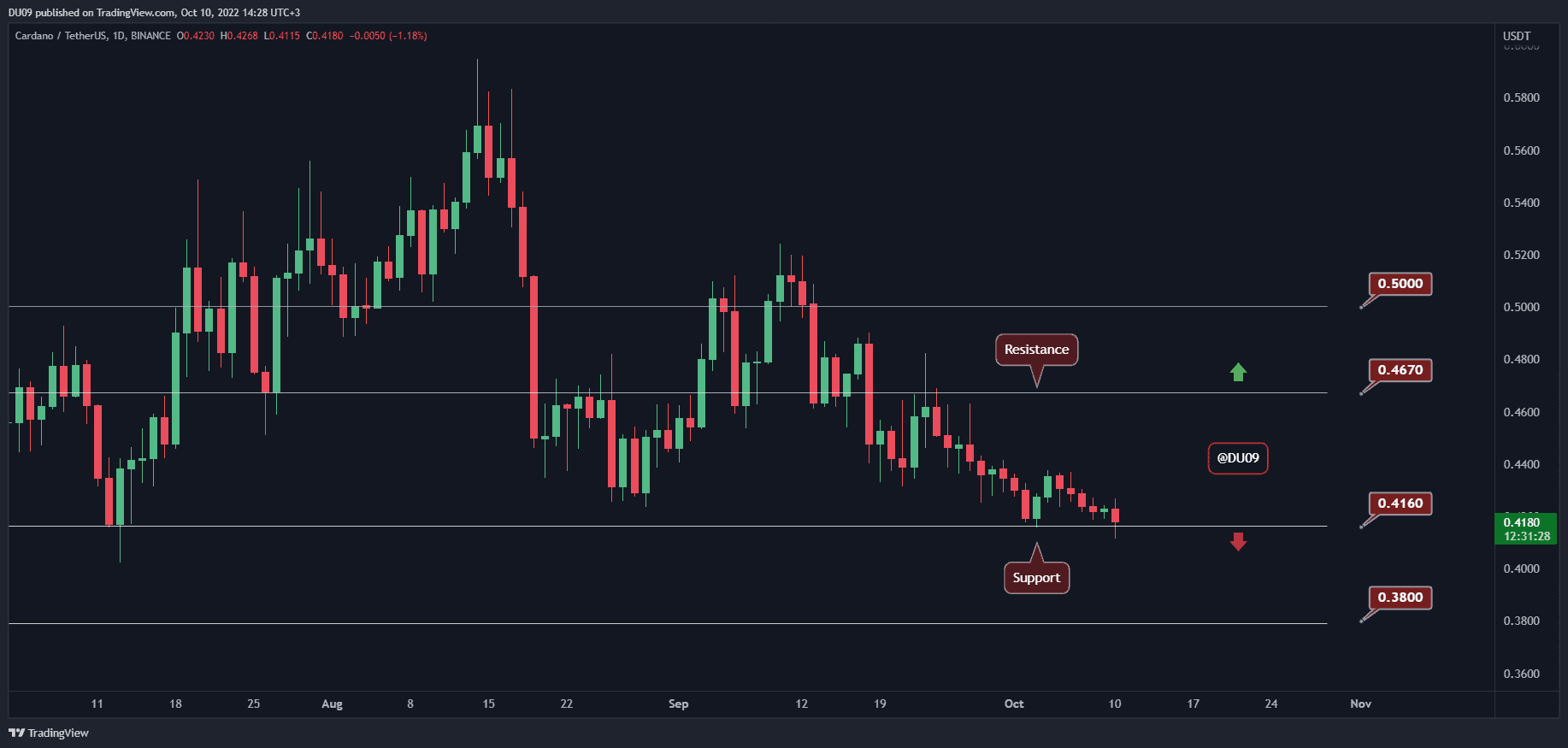From $2 To $200 And Vice Versa In 20 Hours: Another Typical Day In DeFi
The DeFi space continues to grow. With it, though, there’s no shortage of mimicking projects, plenty of forks, and concepts that are beyond questionable.
Apart from the above, we can also see various tokens exploding in price, charting tremendous gains in hours, only to come back crashing hours later. Some of them claim that it’s the way they are designed, though a 100x increase in hours and a 100x decrease in a few more hours can hardly be explained by protocol design.
From $2 to $200 to $2 Again in Less Than 20 Hours
Rebasing tokens are not new anymore. Ampleforth set the tone last year, providing a dynamic supply protocol aiming to achieve equilibrium once the network is used by enough participants.
However, in the past few months, we saw a lot of variants with numerous changes to the mechanics of the protocol, all supposedly working towards improving it. One such project is Dynamic Supply and its Dynamic Supply Token.
In essence, according to a Medium post published two days ago, Dynamic Supply brings forward a “decentralized algorithmic stablecoin,” which is inspired by another protocol called Basis. The main difference seems to be the initial supply of 10,000 DST available at launch, the reduced epoch interval of 6 hours, and a maximum supply of 250,000 DSTR tokens. The most basic explanation of the coin is that every six hours, a new epoch begins during which the supply is recalculated based on the current price, which has a permanent target of $1. In other words, if the price is higher, the supply expands, if it’s lower, it either contracts or remains the same depending on what users do with their tokens.
This is how the chart looks like less than a few days after the official launch:

As it can be seen, the price went from about $2 to a high of about $200 and then came back to $2 in less than 17 hours. It’s really hard to justify a market behavior like this with whatever protocol mechanics there are.
The Madness Continues
Pumps and dumps of the kind are nothing but regular in the nascent DeFi market where some traders make insane gains while most suffer insane losses.
Looking at this project’s Telegram group makes it easy to understand exactly how many people got burned. One of the group’s admins shared the following comment:
It has been two days since the successful launch of dynamic supply, which coincided with a significant market correction. However, we are still here, and we’re preparing several updates for release. […] Finally, we’re testing an update to reduce price manipulation and epoch manipulation.
It’s true, the market did go through a serious correction. It didn’t, however, lose 97.5% of its value, which is how much DST is down since its peak. The only two reasonable explanations for such a dramatic drop are whale manipulation or exploits.
In any case, projects like this will continue to pop. It’s inevitable – the potential of multiplying your capital by a factor of 100x in a matter of hours is attractive to everyone. And as long as that’s true, some will continue to take advantage.
This highlights the importance of being particularly careful. Investing in a project with nothing but a 400-word Medium post explaining its otherwise seemingly complex protocol mechanics is unlikely to make anyone but the whales behind it rich.









